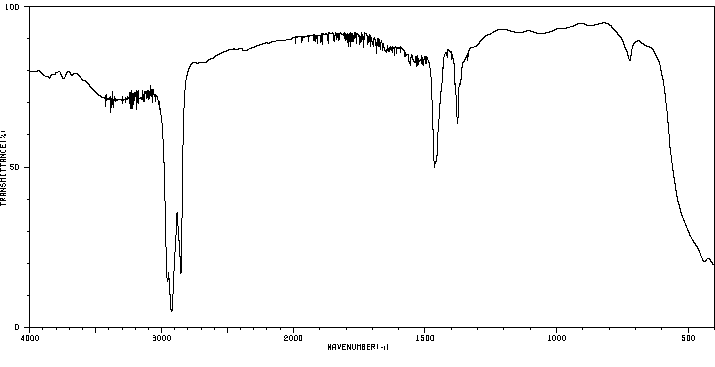代谢
辐射暴露的两个细胞遗传学参数,即红系细胞、淋巴细胞和红细胞(豪威尔-乔利)中的微核频率以及骨髓细胞和淋巴细胞中的染色体畸变,在24名Thorotrast患者和32名原子弹(A-bomb)幸存者中进行了研究,这些幸存者距离日本广岛(Hiroshima)爆心1公里内。这两个暴露组的微核和染色体畸变发生率显著高于未暴露对照组。... 淋巴细胞染色体畸变的特征在Thorotrast患者和A-bomb幸存者之间有显著差异,前一组不稳定型畸变的发生率和染色体畸变的细胞内复杂性要高得多。红系细胞和淋巴细胞中微核的发生率在Thorotrast患者中也较高。这种差异可归因于两组辐射质量(α射线或伽马射线+中子)和暴露方式(持续或单次)的不同。
Two cytogenetic parameters of radiation exposure, the frequency of micronucleus in erythroblasts, lymphocytes and red cells (Howell-Jolly) as well as chromosome aberrations in bone marrow cells and in lymphocytes were studied in 24 Thorotrast patients and in 32 atomic bomb (A-bomb) survivors who were exposed within 1 km from the Hiroshima (Japan) hypocenter. The incidence of both micronucleus and chromosome aberrations in these two exposed groups were significantly higher than that in non-exposed controls. ... The characteristics of lymphocyte chromosome aberrations differed considerably between Thorotrast patients and A-bomb survivors the incidence of unstable type aberrations and intracellular complexity of chromosome aberrations were much higher in the former group. The incidence of micronucleus in erythroblasts and lymphocytes was also higher in Thorotast patients. Such differences are attributable to the differences in the radiation quality (alpha-ray or gamma-ray + neutron) and in the mode of exposure (persistent or single) of these two groups.
来源:Hazardous Substances Data Bank (HSDB)







